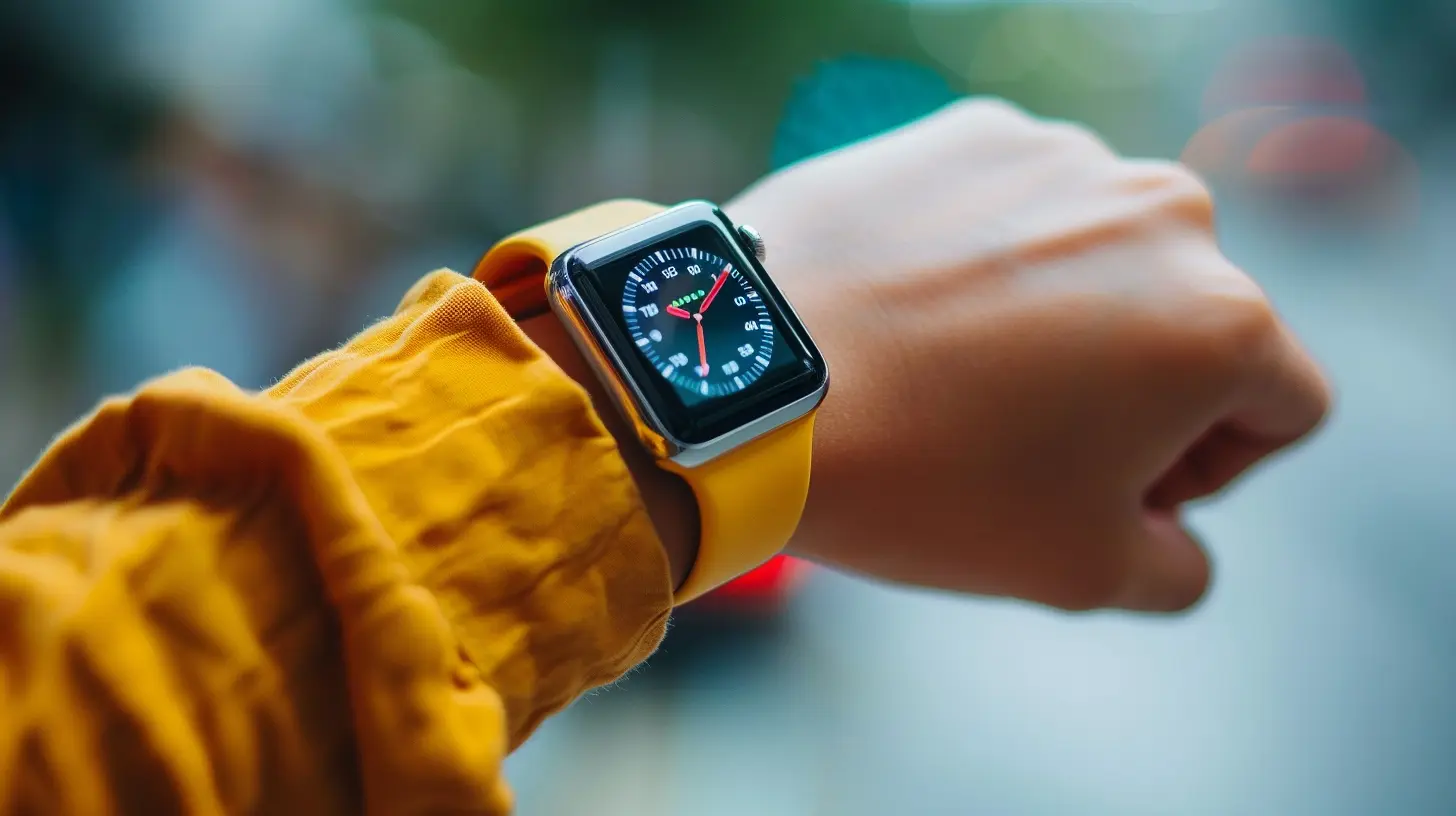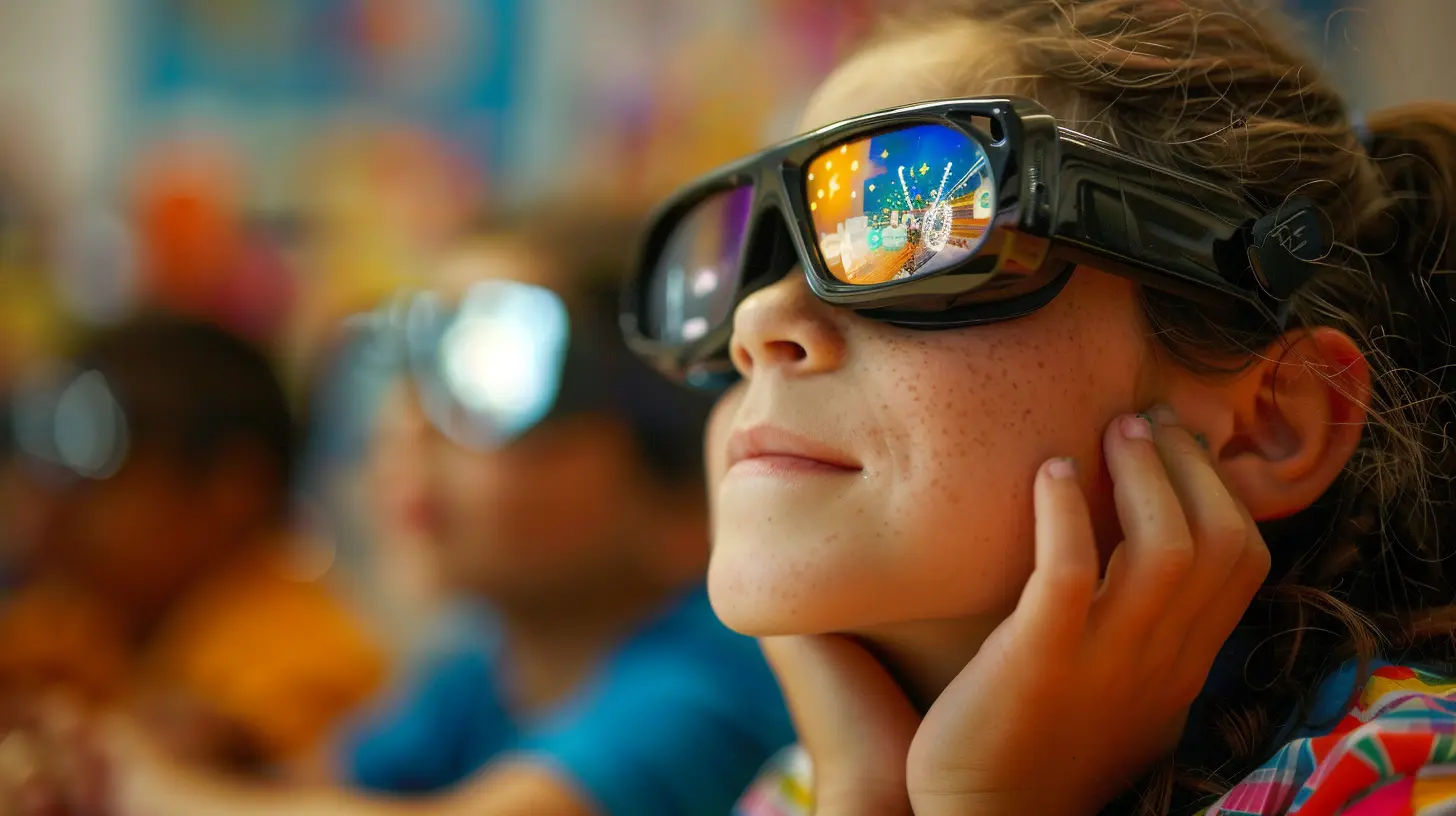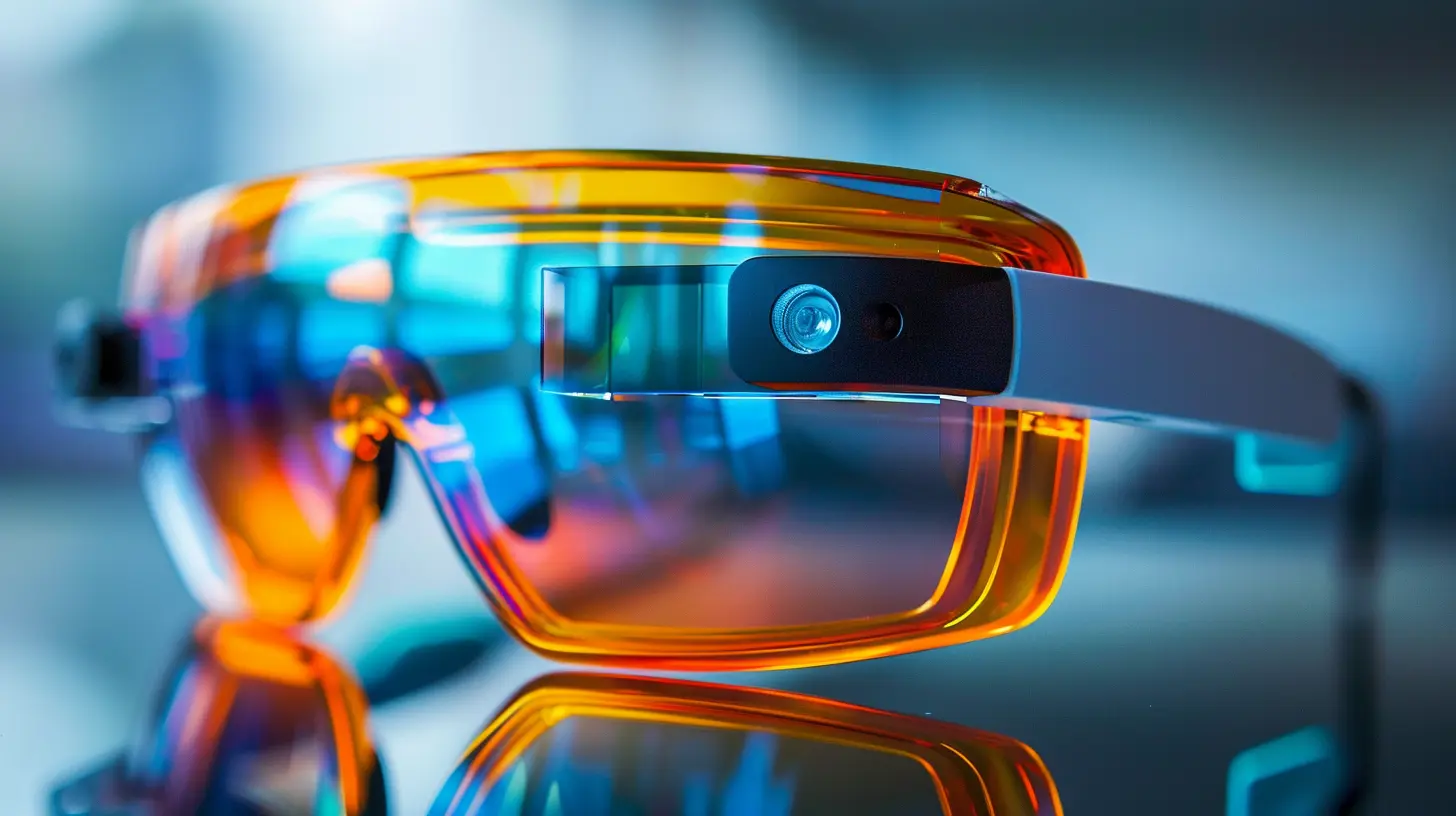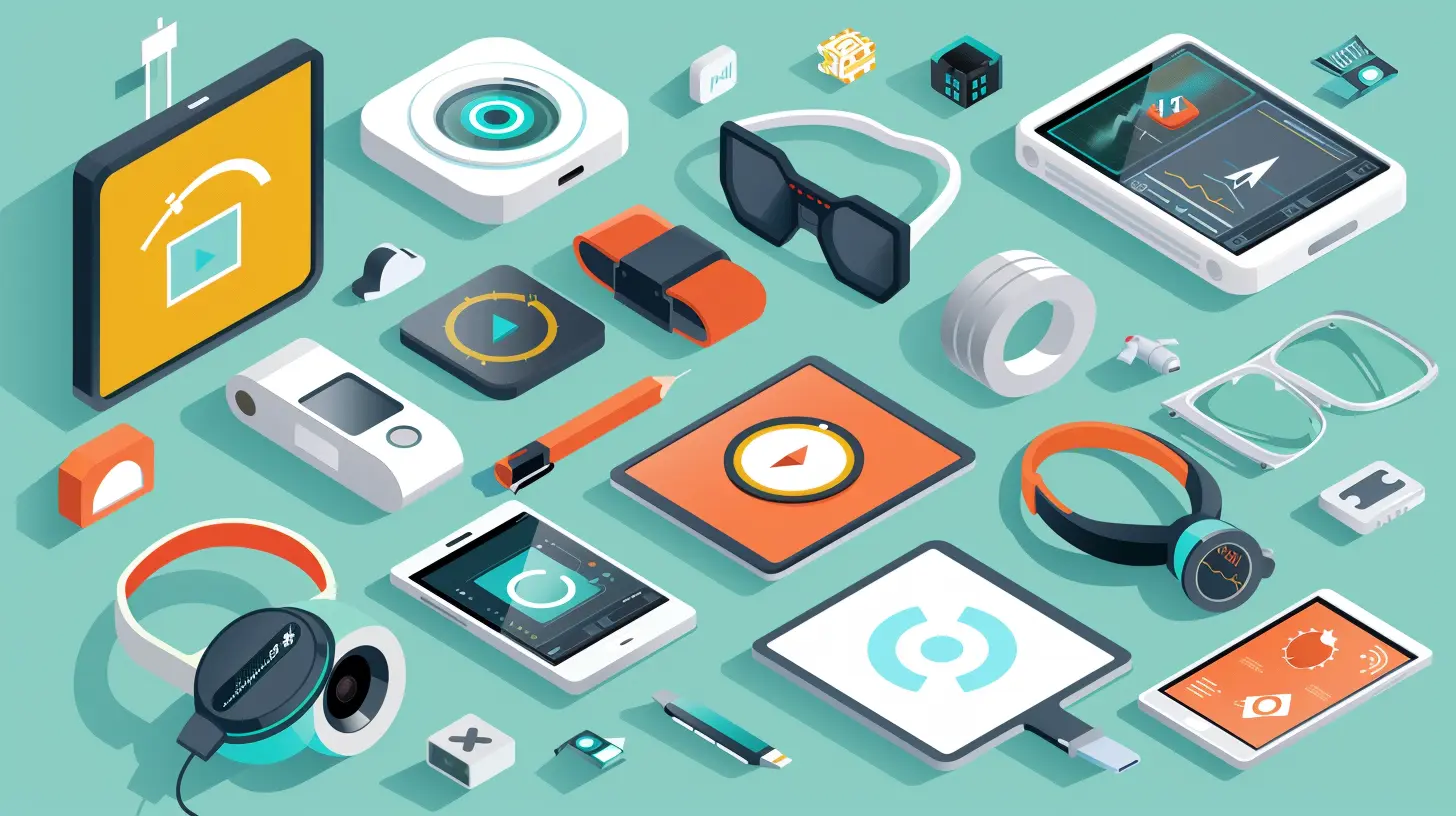The Potential of Wearable Technology in Education
5 October 2025
Technology is reshaping nearly every aspect of our lives, and education is no exception. Enter wearable technology, a game-changer that’s transforming classrooms into interactive learning environments. From smartwatches tracking student productivity to augmented reality (AR) glasses bringing history lessons to life, the possibilities are endless.
But how exactly can wearables revolutionize education? Let’s dive into the potential of wearable technology in learning and why it might just be the future of education. 
What Is Wearable Technology in Education?
Wearable technology refers to smart devices worn on the body that provide real-time data and interaction. In education, these gadgets serve as tools to enhance learning experiences, boost engagement, and improve accessibility.Some common examples include:
- Smartwatches: Track time management, reminders, and even student well-being.
- Augmented Reality (AR) Glasses: Overlay digital information onto the real world for immersive learning.
- Virtual Reality (VR) Headsets: Transport students to historical landmarks, outer space, or inside a human cell.
- Fitness Trackers: Monitor physical activity, helping students stay active and focus better.
- Smart Clothing & Wearable Sensors: Aid students with disabilities by providing haptic feedback or assisting with motor skills. 
How Can Wearable Technology Enhance Education?
Wearables aren’t just cool gadgets—they offer real educational benefits that can change how students learn and teachers teach.1. Boosting Student Engagement
Let’s be honest—textbooks can be boring. Wearable tech adds an interactive layer to lessons, making learning far more exciting. Imagine reading about the Great Wall of China and then putting on AR glasses to "walk" along it. That’s learning at a whole new level!2. Personalized Learning
Every student learns at their own pace, and wearables help cater to individual needs. Smart technology can analyze student performance in real-time and suggest tailored exercises, helping slow learners catch up and fast learners move ahead.3. Enhancing Special Education
For students with disabilities, wearable technology can be life-changing. Speech-to-text glasses can aid children with hearing impairments, while smart gloves can help students with motor difficulties improve their writing skills. This makes education more inclusive and accessible.4. Real-Time Feedback for Teachers
Teachers often struggle with identifying when a student is losing focus or facing difficulty. Smart wearables track concentration levels, stress, and engagement, allowing educators to adjust their teaching methods accordingly.5. Encouraging Physical Activity
With childhood obesity on the rise, wearables like fitness trackers ensure students stay active. Schools can gamify physical education by introducing challenges, step goals, and even rewards for active participation.6. Bridging the Gap Between Theory and Practice
Certain subjects, like science and engineering, require more than just theoretical knowledge. Wearable AR and VR tools bring hands-on experiences into the classroom, letting students simulate surgeries, conduct virtual physics experiments, or visualize complex mathematical concepts.
Challenges of Wearable Technology in Education
As promising as wearables sound, they come with challenges that need addressing before they can become mainstream in education.1. Cost and Accessibility
Wearable technology isn't cheap. Schools need to invest in devices, software, and teacher training, making it difficult for underfunded institutions to benefit. Ensuring equal access to these tools is crucial for fair education.2. Privacy Concerns
Tracking students' data raises serious privacy concerns. Who owns the data? How is it stored? Are students comfortable having their focus levels monitored? Schools must address these issues transparently.3. Over-Reliance on Technology
While wearable tech is great, it shouldn't replace traditional learning methods. Teachers must find a balance between tech-based and conventional teaching to ensure well-rounded learning.4. Technical Issues
Glitches happen. What if an AR headset malfunctions during a lesson? Schools must have technical support and backup plans to prevent learning disruptions.5. Distraction Potential
Let’s be real—students don't always use tech for learning. A smartwatch can quickly turn into a text-messaging device, and AR glasses might distract instead of educate. Setting clear rules and monitoring usage is essential.
The Future of Wearable Tech in Education
Despite the challenges, wearable technology is only going to grow. With advancements in AI, AR, and machine learning, these devices will become smarter, cheaper, and more accessible.What Can We Expect?
- AI-Powered Wearables: Smart assistants that personalize learning even further.- Mind-Reading Wearables: Devices that detect stress and adjust difficulty levels accordingly.
- Fully Immersive Virtual Classrooms: VR replacing traditional classrooms altogether? It might not be that far off!
The future of education lies in blending technology with learning—and wearables are at the forefront of this evolution.
Final Thoughts
Wearable technology has immense potential in education. From making learning more interactive to providing real-time feedback, these gadgets can revolutionize the way students absorb knowledge.Yes, there are hurdles—like cost, privacy, and distractions—but with the right approach, these challenges can be overcome. As technology advances, wearables will become more integrated into classrooms, paving the way for a smarter, more engaging educational experience.
Are we looking at the next major shift in education? Possibly. One thing’s certain—wearable technology is here to stay, and its impact on learning will only grow from here.
all images in this post were generated using AI tools
Category:
Educational TechnologyAuthor:

Zoe McKay
Discussion
rate this article
1 comments
Ardyn Monroe
This article beautifully highlights the transformative potential of wearable technology in education. It's inspiring to see how these innovations can enhance learning experiences and foster deeper connections among students and educators.
October 16, 2025 at 4:16 AM

Zoe McKay
Thank you for your thoughtful comment! I'm glad you found the article inspiring and appreciate the potential of wearable technology in enhancing education.


